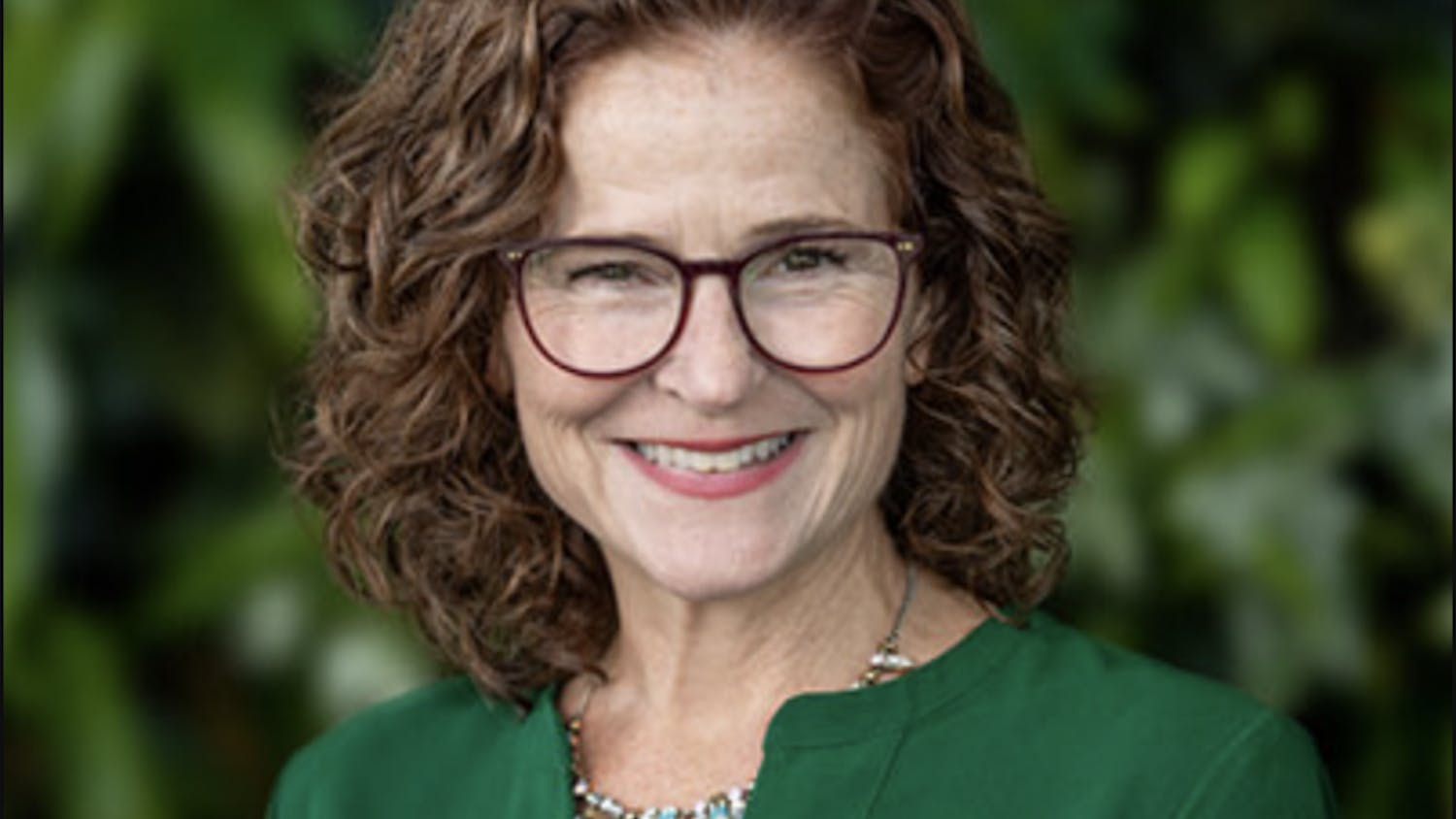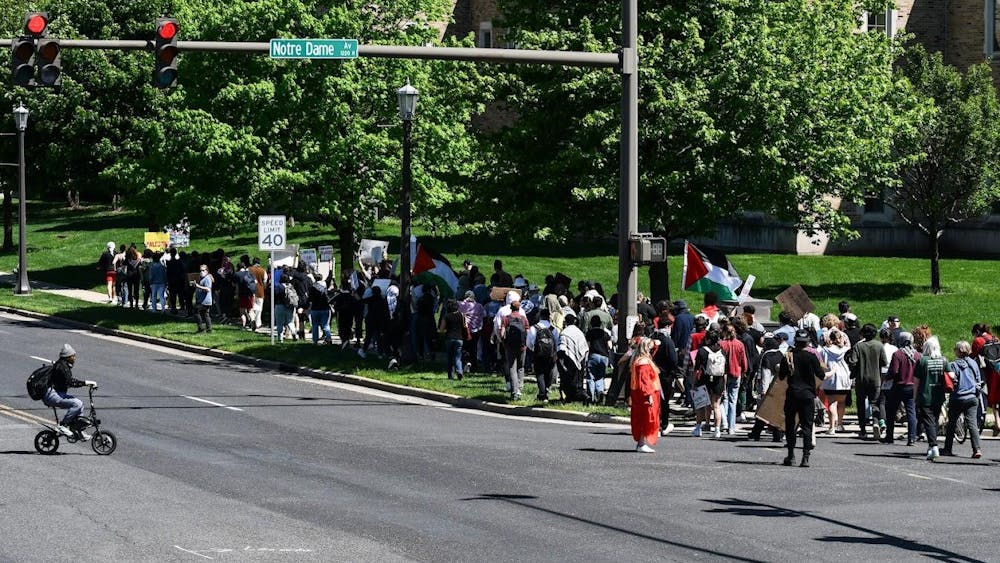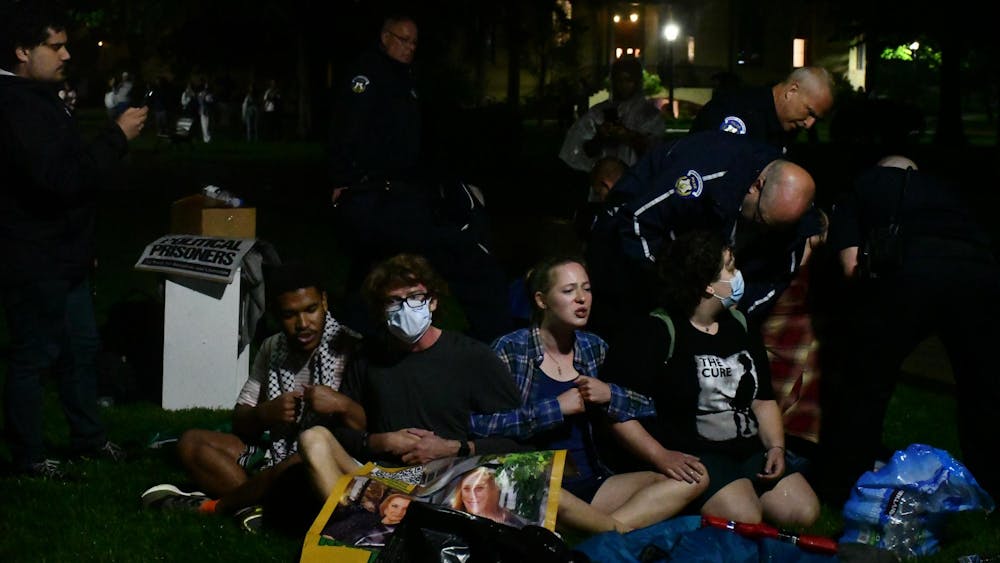Editor's note: This is the next in a five-day series discussing the role of women at Notre Dame and Saint Mary's, in honor of the 40th anniversary of coeducation at the University this year.
When Notre Dame opened its doors to undergraduate women in the fall of 1972, the University's approximately 5,000 male students faced what 1976 alumnus Dan Reagan called "a historic occasion."

Reagan, former associate vice president for University Relations, was a member of the first class to admit women as freshmen.
"It was written about ... and televised and spoken about not only within Notre Dame circles, but it also reached the national level," Reagan said. "I think CBS was on campus for a few days right at the beginning. ... It had an air about it that this was important, that this was a pretty monumental change for the University."
Despite the national attention, admitting women to the University did not change the campus environment as much as expected, 1975 alumnus Frank Devine said. The male students already knew many of the women who transferred from Saint Mary's College because the schools' co-exchange program enabled students to take classes at either institution.
"These were the women we had worked with at The Observer or WSND or in theater productions," Devine, currently a producer at "60 Minutes," said. "These were the women who we were taking history courses at Notre Dame with or English courses at Saint Mary's."
Because of the schools' close relationship, Devine said the transition seemed natural.
"Sort of the brilliance of what [University President Emeritus Fr. Ted] Hesburgh did was gently change the culture," Devine said. "You probably won't hear this from any of the women who felt a little awkward or alienated ... but in fact, we were ready for coeducation by the time it came."

The high male-to-female ratio also made the change less jarring than it otherwise would have been, Devine said. Only Badin and Walsh Halls housed women during the first year of coeducation.
"It seemed to be very gradual and steady and inevitable, and I don't recall anybody uncomfortable with the idea," Devine said.
Reagan agreed the change was not overwhelming.
"Even though coeducation was just beginning, it was very much a male-oriented school at the time," he said. "So even when you would attend your class as a freshman, there were just a few women and mostly men."
Many members of the Class of 1976 were not greatly impacted by the transition to coeducation because they had never known Notre Dame any other way, director of admissions Bob Mundy, a 1976 alumnus, said. For students who attended coeducational high schools, the change was even less dramatic.
"In my senior year in high school, one of my teachers mentioned this, that Notre Dame was becoming coed," Mundy said. "It was never really sort of big in my consciousness about attending Notre Dame. ... Maybe coming from the public school, it just seemed more normal."
Reagan said he was excited to hear about Notre Dame's coeducation plans because he came from a family with five boys and attended a high school with many more men than women.
"I had already wanted to apply, but I would say that the fact that Notre Dame was now going to be coed to me was a great thing and made me want to be accepted that much more," Reagan said. "I think it was a really healthy thing and we were happy to hear."
The change to coeducation worked out better than the proposed merger between Notre Dame and Saint Mary's, which fell apart in 1971, Devine said.
"There was a time when it looked like the way to go was a merger and we were ready for it and expected it, and it would have probably not worked out as well as just going coed on Notre Dame, largely because [coeducation] forced the University to totally integrate the women into the University structure and life," he said. "If we had merged, I don't know if you would have seen any of that."
Contact Marisa Iati at miati@nd.edu












